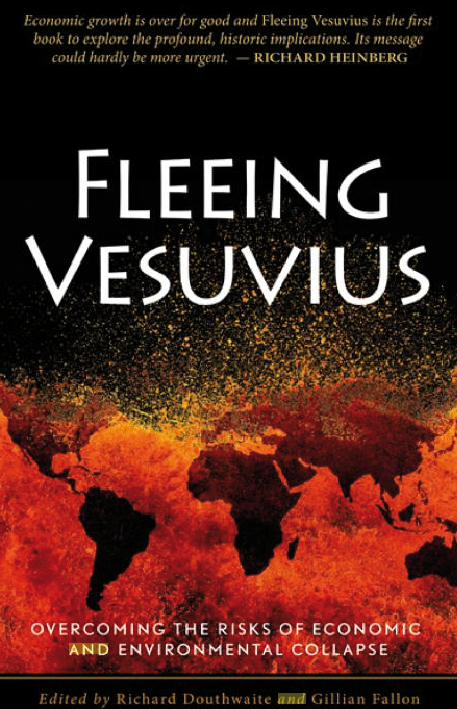International-Global Climate Treaty
A global scheme needs a global institution such as a Global Commons Trust, presumably run by the UN, to operate a world wide system of permits. Global schemes thus by-pass nations, except perhaps as a vehicle for transmitting the funds to their populations. The apportionment formula is of course a thorny question: the formula might be based on Contraction & Convergence (C&C), promoted by the Global Commons Institute (Meyer 2000) and accepted at various times by various national governments, and under which national shares of a global emissions budget start at the current shares of global emissions and converge over (perhaps a short) time to equal per capita shares. If countries sign up to the general principle of a global cap, it is quite possible that the actual pathway ends up resembling the framework proposed by Frankel (2007), which is an ingenious set of elaborations on C&C performing a tricky balancing act of incentives. Or, as soon as the world recognizes the extent of the emergency, we may be into Greenhouse Development Rights territory (Baer et al 2007) - an approach that also explicitly addresses inequality within nations. The negotiations might get messy, but the rallying cry must be simple.
Fleeing Vesuvius
Edited by Richard DouthwaiteIn Memoriam Richard Douthwaite
From the FEASTA web-site"Richard Douthwaite (1942-2011), co-founder of FEASTA and much-loved colleague and friend, died on November 14th 2011 after a long illness. We will miss his unique and far-ranging intellect, the clarity of his thought and writing, his warmth and his laughter. Tributes to him are coming in from around the world and you can read them on the FEASTA web-site here."
C&C endorsements in a range of Academic Publications
Why not Follow @aubreygci
Why not
Tweet this?

